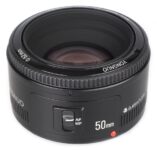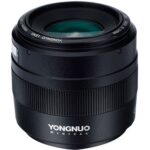Canon EF 50mm F/1.4 USM
Standard prime lens • Film era
- Announced:
- · June 1993
- Production status:
- ● In production
- Country of design:
- · Japan
- Original name:
- · CANON LENS EF 50mm 1:1.4
- Class:
- · Ultra-fast full-frame standard prime lens
- · Professional model
- System:
- · Canon EOS (1987)
Abbreviations
| EF | The lens is designed for Canon EOS 35mm SLR cameras but can be also used on Canon EOS APS-C digital SLR cameras. |
| USM | The lens is equipped with Ultrasonic Motor. |
Sample photos (36)
Specification
| Optical design: | |
| 35mm full frame | |
| 50mm | |
| F/1.4 | |
| 7 elements in 6 groups (Double Gauss derivative) | |
| 2 HR | |
| Canon EF [44mm] | |
| 46.8° (35mm full frame) | |
| On Canon EOS APS-C [1.59x] cameras: | |
35mm equivalent focal length: | 79.5mm (in terms of field of view) |
35mm equivalent speed: | F/2.2 (in terms of depth of field) |
Diagonal angle of view: | 30.4° |
| Diaphragm mechanism: | |
Diaphragm type: | Automatic |
Aperture control: | None; the aperture is controlled from the camera |
| 8 (eight) | |
| Focusing: | |
| 0.45m | |
| 1:6.67 | |
Focusing modes: | Autofocus (AF), Manual focus (MF) |
Autofocus motor: | Micro Ultrasonic Motor |
Manual focus control: | Focusing ring |
Focus mode selector: | AF - MF |
Full-Time Manual Focus (FTM): | Yes |
| Image Stabilizer (IS): | |
| - | |
| Physical characteristics: | |
| 290g | |
| ⌀74×51mm | |
| - | |
| - | |
| Accessories: | |
| Screw-type 58mm | |
| ES-71II - Bayonet-type round | |
| Not compatible |
Source of data
- Manufacturer's technical data.
Manufacturer description #1
This is an essential standard lens that has been on many users' wish lists since the birth of the EOS family. In terms of basic optical performance, this lens starts with the optical design concept of the FD 50mm f/1.4, which has always been highly-regarded for its superior sharpness and colour balance, and goes further to provide even higher image quality. By optimally distributing power with a gauss type design and two high-refraction glass lenses, flare at maximum aperture is minimized and astigmatism abd astigmatic difference are virtually eliminated. Moreover, improvements in the quality of the focused image and a beautiful, natural blur of the background are simultaneously realized. Use of a Micro USM (Micro Ultrasonic Motor) provides fast, silent autofocusing, and through use of a newly designed gear mechanism allows manual focusing at any time without havign to switch out of AF mode. Also, like the FD 50mm f/1.4, colour balance is virtually identical to the ISO recommended reference values.
Manufacturer description #2
By optimally distributing power with a gauss type design and two high-refraction glass lenses, flare at maximum aperture is minimised and astigmatism is greatly reduced. Moreover, improvements in the quality of the focused image and the beautiful natural blur of the background are simultaneously achieved. Use of a Micro USM (Micro Ultrasonic Motor) provides fast, silent autofocusing, as well as full-time manual focus. The colour balance is virtually identical to the ISO recommended reference values.
Manufacturer description #3
Standard lens featuring superb quality and portability. Two high-refraction lens elements and new Gaussian optics eliminate astigmatism and suppress astigmatic difference. Crisp images with little flare are obtained even at the maximum aperture.
From the editor
Mid-priced fast standard prime lens with excellent image quality when stopped down. The successor of manual focus Canon FD 50mm F/1.4 lens, a timeless classic from 1970s.
Micro-USMs normally do not support Full-Time Manual Focus. This lens, however, uses a special scheme to offer FTM functionality based on a “ball-bearing” differential mechanism built into the gear unit. The scheme is unique for this lens and was not used again in newer models.
The lens is known for exhibiting so called “lost motion” during manual focusing – if the focusing ring has been turned in one direction and then you reverse its direction, the ring turns a substantial amount before the focus starts to change and the distance scale begins to move. This makes precise manual focusing difficult and is a result of the accumulation of lost motion in the differential mechanism.
The lens is known for being susceptible to damage to the focusing mechanism. It does not incorporate internal or rear focusing – the whole optical system shifts during focusing and the front element is always extended beyond the lens barrel (more at the closest focusing distance, less at infinity). Even a slight bump on the front element can deform the focusing helicoid which will result in erratic or stuck autofocus. Always use a dedicated bayonet-type hood with this lens to protect the focusing mechanism from damage!
Other standard prime lenses in the Canon EOS system
| ■Canon EF mount (5) | |||||||||
| Canon EF 50mm F/1.8 • ⌀52 | 1987 ● | compare | 1 | 3 | |||||
| Canon EF 50mm F/1.8 II • ⌀52 | 1990 ● | compare | 1 | 3 | |||||
| Canon EF 50mm F/1.8 STM • ⌀49 | 2015 ● | compare | 4 | 0 | |||||
| Canon EF 50mm F/1.2L USM • ⌀72 | Pro | 2007 ● | compare | 2 | 3 | ||||
| Canon EF 50mm F/1L USM • ⌀72 | Pro | 1987 ● | compare | 3 | 5 | ||||
Lenses with similar focal length
| ■Canon EF mount (7) | |||||||||
| Sigma 50mm F/1.4 EX DG HSM • ⌀77 | Pro | 2008 ● | compare | 1 | 4 | ||||
| Sigma 50mm F/1.4 DG HSM | A • ⌀77 | Pro | 2014 ● | compare | 2 | 3 | ||||
| Tamron SP 45mm F/1.8 Di [VC] USD F013 • ⌀67 | 2015 ● | compare | 5 | 4 | |||||
| Tokina opera 50mm F/1.4 FF • ⌀72 | Pro | 2018 ● | compare | 2 | 3 | ||||
| Yongnuo 50mm F/1.8 EF • ⌀52 | 2014 ● | compare | 2 | 3 | |||||
| Yongnuo 50mm F/1.4 EF / F • ⌀58 | Pro | 2018 ● | compare | 1 | 5 | ||||
| Yongnuo 50mm F/1.8 EF II • ⌀58 | 2018 ● | compare | 2 | 3 | |||||


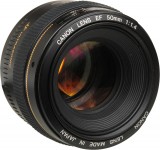
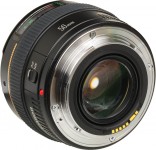
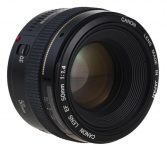
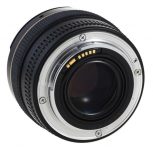
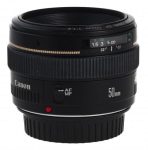

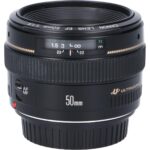
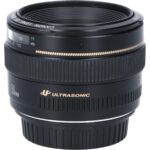
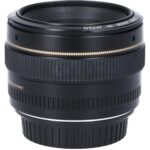
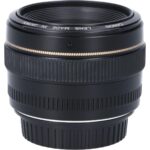
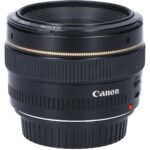
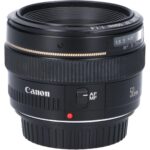
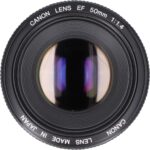
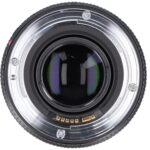
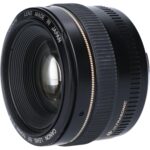
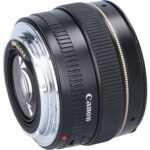







































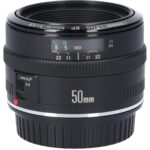

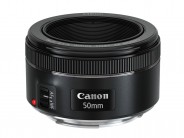
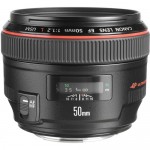
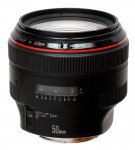

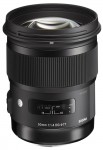
![Tamron SP 45mm F/1.8 Di [VC] USD F013](https://lens-db.com/wp-content/uploads/2015/09/1441200932000_1183050-150x150.jpg)

